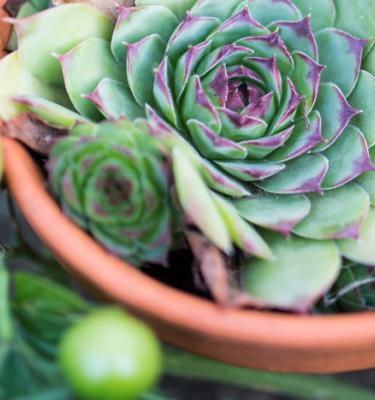Most asked questions about Plant Food
There is a relatively simple process to remove the lid in one piece without using excessive force or resorting to destroying the container.
1. Remove the Tamper Evident Seal
2. Place the bucket on an even hard surface, such as a concrete floor or pathway
3. Place one knee on the centre of the lid and apply your full body weight – the lid will cave in slightly
4. Ease the lid off the rim of the tub while your weight is on it
Scotts Osmocote® Controlled Release Fertiliser is a controlled release fertiliser that releases nutrients at the rate that plants need them - more in warmer weather and less in cool to cold weather. Each Osmocote prill (bead) contains a homogenous combination of nutrients within a biodegradable shell made from soybean extract. Moisture from the soil is absorbed into the prill to dissolve the fertiliser but is not released out again until the prill expands sufficiently to allow the fertiliser solution to escape through micro-cracks in the shell. When the soil is warm, the shell expands rapidly allowing fertiliser through; when the soil is cold the cracks close up, restricting the movement of fertiliser into the soil.
Australian soils are naturally deficient in phosphorus (P) and most of the plants we grow have either adapted or are able to adapt to growing with minimal phosphorus available to them. In many parts of Australia, added phosphorus from fertilisers, leaches or runs off into water catchments (above or below ground) where they can cause algal blooms and chemical contamination. The West Australian government legislated low levels of P in the home gardens and lawn fertilisers some years ago, and those levels have been adopted nationally. Many Australian native plants, as well as members of the Protea family, are P sensitive and will not thrive where there is more than 3% P in added fertilisers.
Couldn't find the answer to your question?
Call us
Write to us
Evergreen Garden Care Australia
24-32 Lexington Drive
Level 2, Bldg E
Bella Vista, NSW 2153
